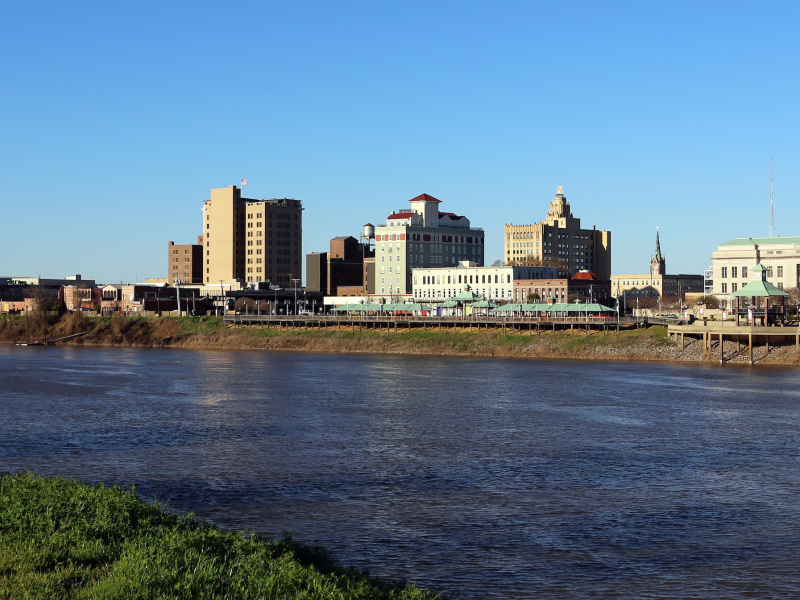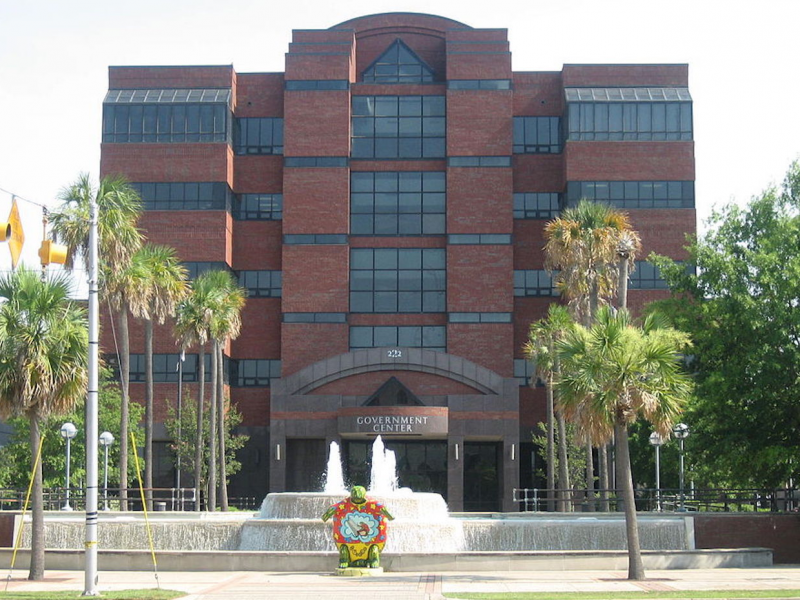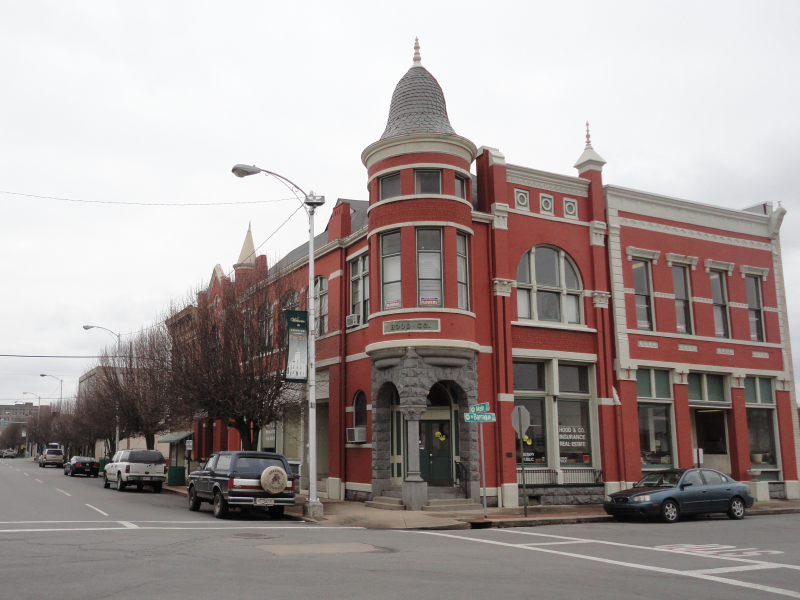- Although the South is the fastest growing of the four main US regions, population growth is not evenly spread out.
- Several Southern cities saw large parts of their population move away since the start of the decade.
- We found the 20 metro areas in the South with the most net outmigration between 2010 and 2018, adjusted by the size of the 2010 population.
- Visit Business Insider’s homepage for more stories.
Although the South is the fastest growing of the four main US regions, population growth is not evenly spread out.
Using data from the Census Bureau’s Population Estimates program, we found the metropolitan areas located in the Southern states with the most negative net migration between 2010 and 2018, adjusted by the size of the 2010 metro area population.
Net migration measures the number of people who moved into the metro area from some other part of the US or another country, minus the number of people who left the metro area over that period. That means the cities on our list saw many more people move out since 2010 than move in.
Here are the 20 Southern cities with the most net outmigration as a share of 2010 population:
20. Laredo, Texas, had a net population loss from migration of 7,690 between 2010 and 2018 — 3.1% of the metro's 2010 population of 250,304.

19. Anniston-Oxford-Jacksonville, Alabama, had a net population loss from migration of 3,673 between 2010 and 2018 — 3.1% of the metro's 2010 population of 118,572.

18. Macon-Bibb County, Georgia, had a net population loss from migration of 7,291 between 2010 and 2018 — 3.1% of the metro's 2010 population of 232,293.

17. Fayetteville, North Carolina, had a net population loss from migration of 11,602 between 2010 and 2018 — 3.2% of the metro's 2010 population of 366,383.

16. Monroe, Louisiana, had a net population loss from migration of 5,596 between 2010 and 2018 — 3.2% of the metro's 2010 population of 176,441.

15. Montgomery, Alabama, had a net population loss from migration of 12,144 between 2010 and 2018 — 3.2% of the metro's 2010 population of 374,356.

14. Houma-Thibodaux, Louisiana, had a net population loss from migration of 7,035 between 2010 and 2018 — 3.4% of the metro's 2010 population of 208,178.

13. El Paso, Texas, had a net population loss from migration of 27,599 between 2010 and 2018 — 3.4% of the metro's 2010 population of 804,123.

12. New Bern, North Carolina, had a net population loss from migration of 4,922 between 2010 and 2018 — 3.9% of the metro's 2010 population of 126,802.

11. Shreveport-Bossier City, Louisiana, had a net population loss from migration of 17,484 between 2010 and 2018 — 4.0% of the metro's 2010 population of 439,811.

10. Sumter, South Carolina, had a net population loss from migration of 4,323 between 2010 and 2018 — 4.0% of the metro's 2010 population of 107,456.

9. Beckley, West Virginia, had a net population loss from migration of 5,363 between 2010 and 2018 — 4.3% of the metro's 2010 population of 124,898.

8. Jacksonville, North Carolina, had a net population loss from migration of 7,895 between 2010 and 2018 — 4.4% of the metro's 2010 population of 177,772.

7. Rocky Mount, North Carolina, had a net population loss from migration of 7,021 between 2010 and 2018 — 4.6% of the metro's 2010 population of 152,392.

6. Brownsville-Harlingen, Texas, had a net population loss from migration of 20,487 between 2010 and 2018 — 5.0% of the metro's 2010 population of 406,220.

5. Charleston, West Virginia, had a net population loss from migration of 12,194 between 2010 and 2018 — 5.4% of the metro's 2010 population of 227,078.

4. Albany, Georgia, had a net population loss from migration of 9,674 between 2010 and 2018 — 6.1% of the metro's 2010 population of 157,308.

3. Lawton, Oklahoma, had a net population loss from migration of 11,422 between 2010 and 2018 — 8.8% of the metro's 2010 population of 130,291.

2. Hinesville, Georgia, had a net population loss from migration of 8,248 between 2010 and 2018 — 10.6% of the metro's 2010 population of 77,917.

1. Pine Bluff, Arkansas, had a net population loss from migration of 11,360 between 2010 and 2018 — 11.3% of the metro's 2010 population of 100,258.












